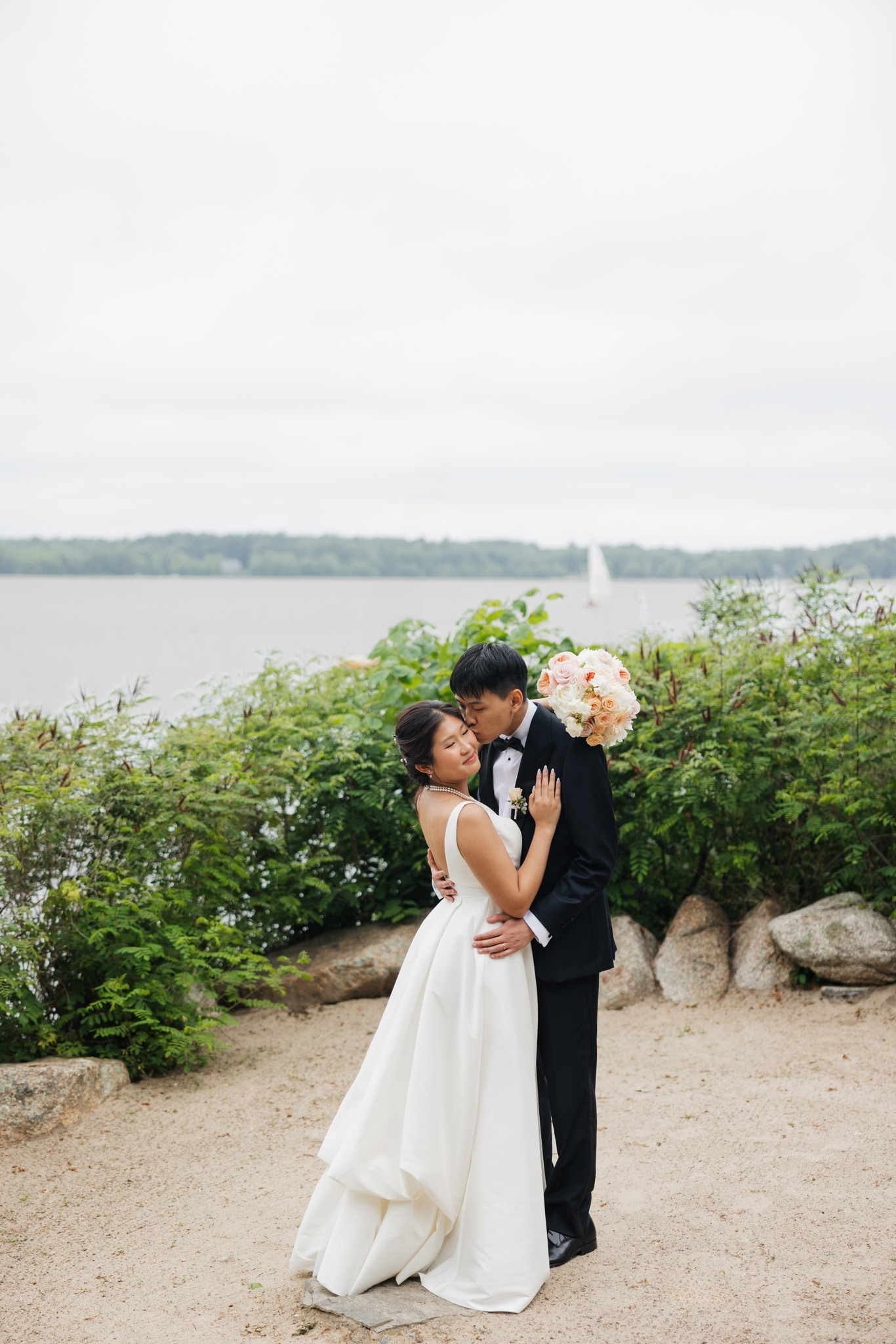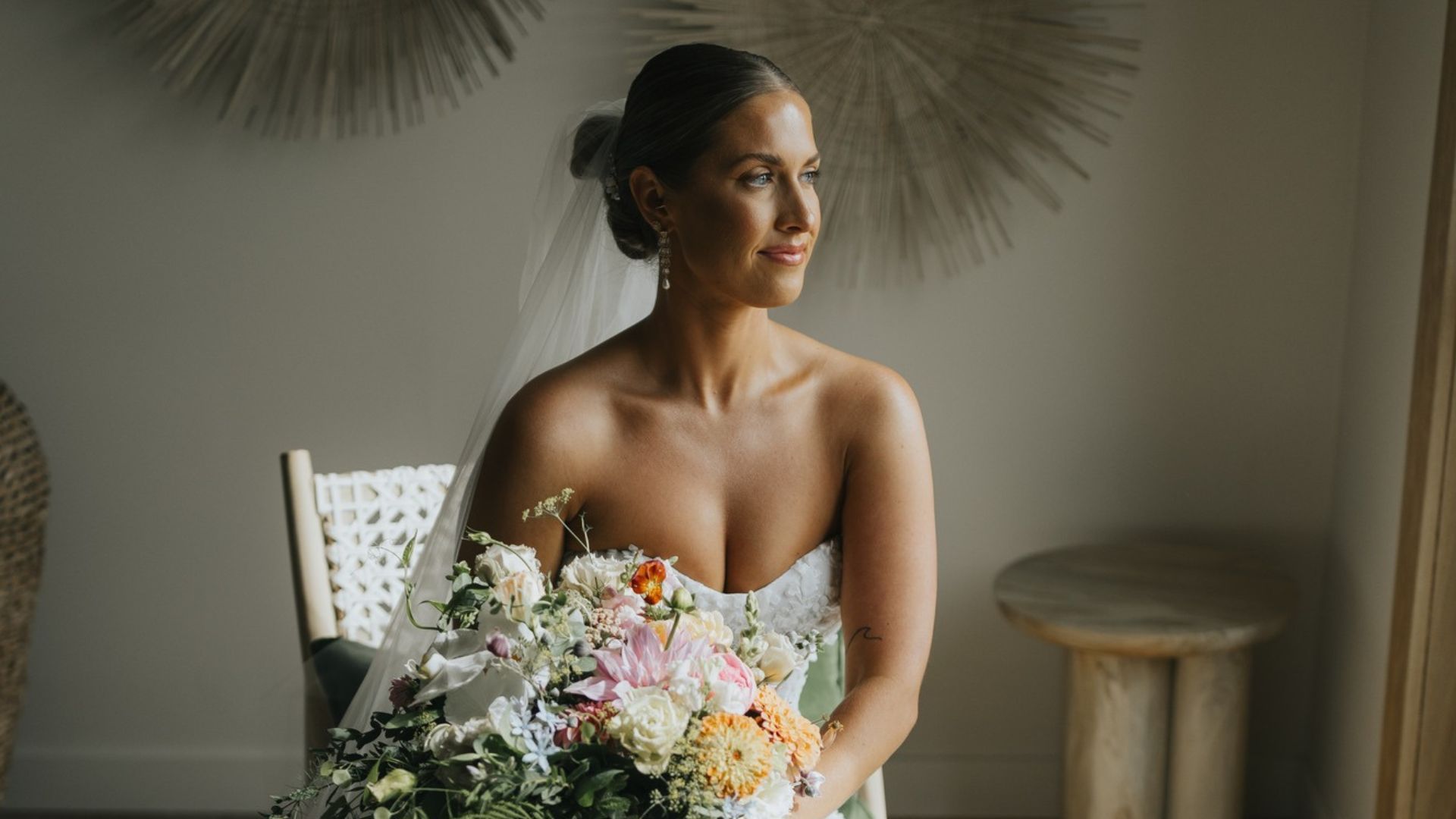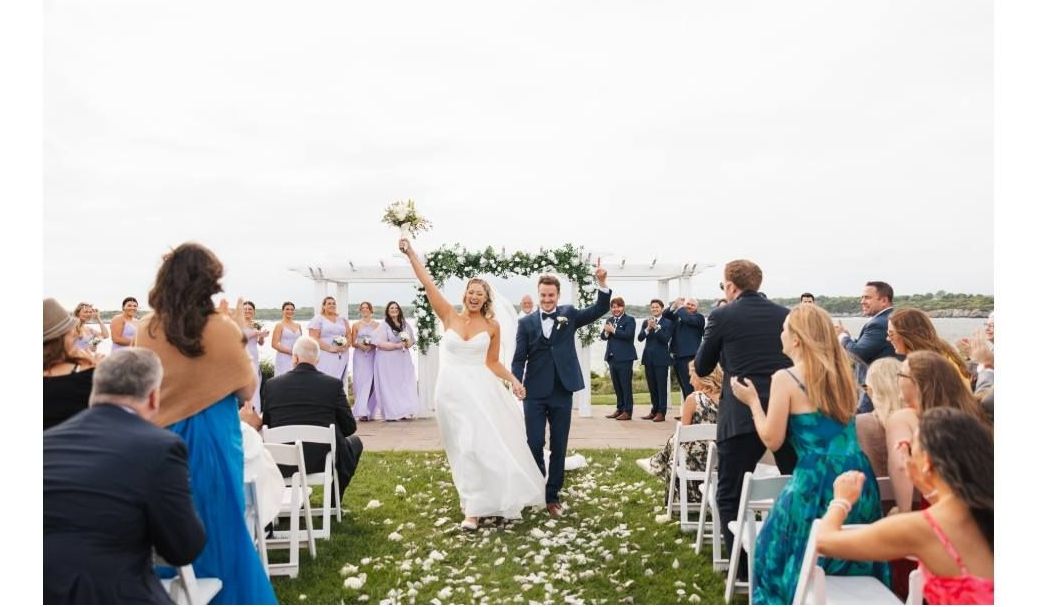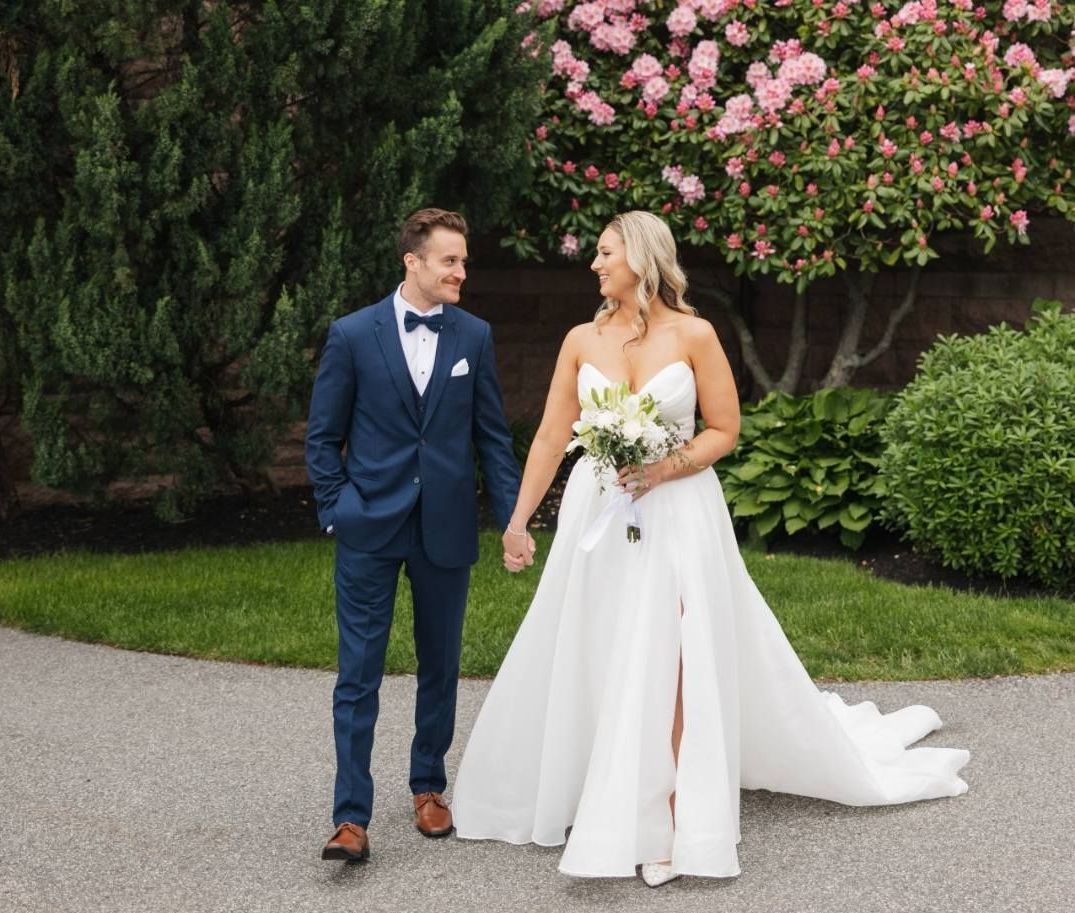Mastering the Rule of Thirds for Stunning Photos: Understanding and Applying This Essential Photography Composition Technique
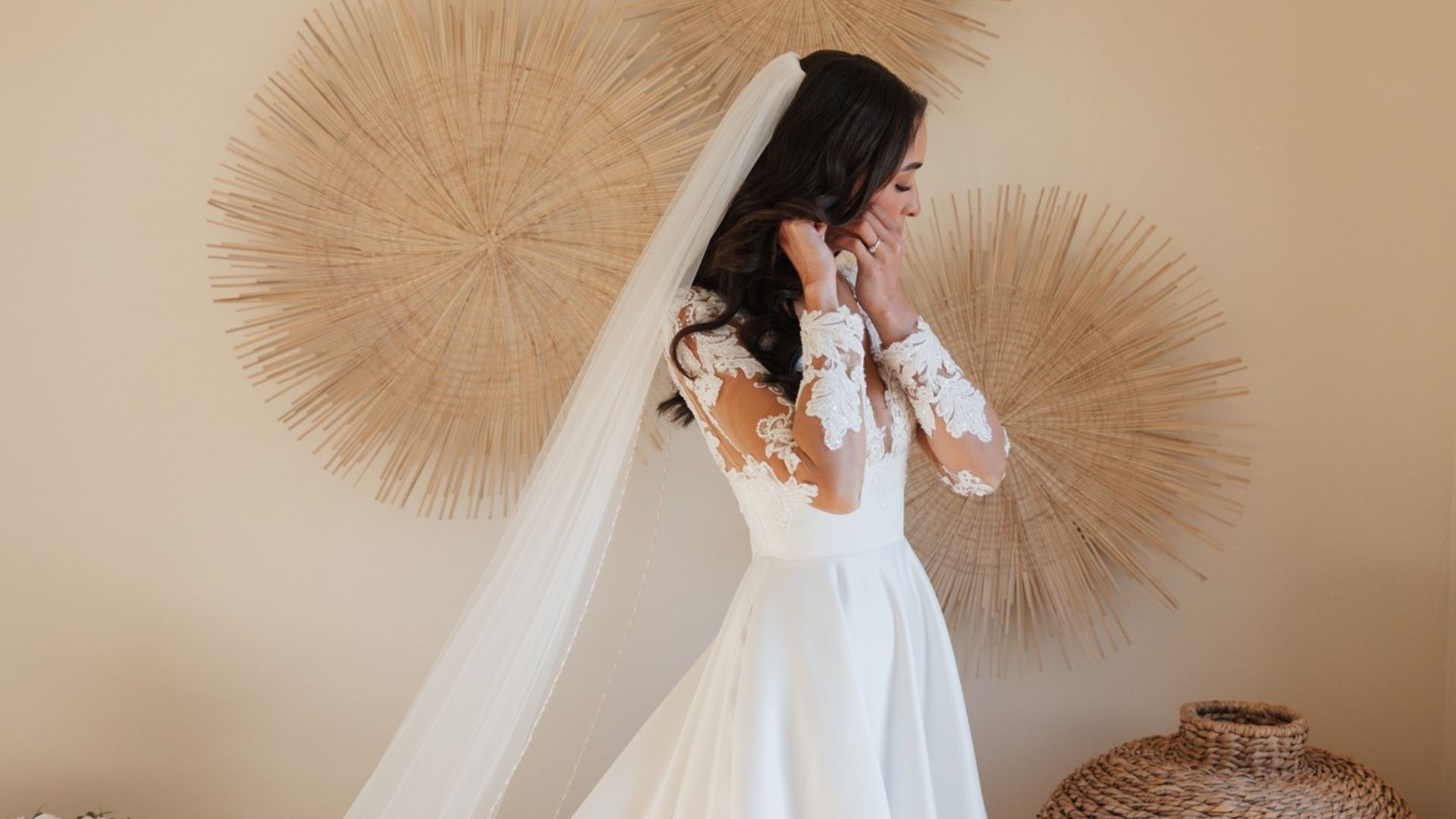
Did you know that images composed along the Rule of Thirds grid attract up to 30% more viewer engagement? Photographers looking to boost visual impact often struggle with off-center subjects or flat compositions. This article solves those pain points by unveiling how “understanding the rule of thirds” transforms snapshots into professional-looking photographs. You’ll explore the definition, psychological appeal, genre-specific applications, intentional rule-breaking, practical camera and Lightroom workflows, plus common mistakes and quick fixes—all designed to elevate your composition skills.
Viewer Engagement and Composition
Images composed using the Rule of Thirds can attract significantly more viewer engagement. This technique helps photographers create more visually appealing and balanced compositions, leading to increased interest from viewers.
What Is the Rule of Thirds in Photography?
The Rule of Thirds is a compositional guideline that divides a frame into a 3×3 grid to align key subjects at intersection points, improving balance and guiding the viewer’s eye. By placing focal elements along these “power points,” images gain dynamic tension and natural appeal through applied visual hierarchy.
balance and guiding the viewer’s eye. By placing focal elements along these “power points,” images gain dynamic tension and natural appeal through applied visual hierarchy.
How Does the Rule of Thirds Grid Work?
The grid overlays two equally spaced horizontal and vertical lines, creating nine rectangles and four intersection points where human eyes instinctively focus. Positioning your subject at these power points invites natural gaze flow and enhances storytelling before any edits.
Why Is the Rule of Thirds Important for Stunning Photos?
Aligning elements off-center activates visual interest by embracing asymmetry and leading lines. This psychological principle leverages innate scanning patterns, making images more memorable and emotionally engaging than centrally placed subjects.
What Are the Key Terms Related to the Rule of Thirds?
Below is a concise overview of essential terminology for mastering grid-based composition.
| Entity | Attribute | Value |
|---|---|---|
| Grid | Structure | Divides the frame into nine equal sectors |
| Intersection Point | Also Called | Power point |
| Subject Placement | Strategy | Aligns main elements along lines or intersections |
Understanding these terms lays the groundwork for applying the rule across diverse photography styles.
How Do You Apply the Rule of Thirds in Different Photography Genres?
Applying the Rule of Thirds adapts to each genre by aligning genre-specific elements with grid lines, resulting in cohesive framing that respects both subject and environment.
How to Use the Rule of Thirds in Portrait Photography?
Place the subject’s eyes along the top horizontal line and slightly off-center to create a natural connection with viewers. This eye-line placement fosters intimacy and directs attention to facial expressions.
How to Apply the Rule of Thirds in Landscape Photography?
Align the horizon on the upper or lower third to balance sky and land. Position dominant features—trees, mountains, or buildings—at vertical thirds to anchor the scene and prevent center-line distractions.
How Does the Rule of Thirds Enhance Wildlife and Action Photography?
Framing moving subjects along a third line with extra space in the direction of motion anticipates movement and adds storytelling momentum. This spacing gives context to wildlife behavior and sports sequences.
When Should You Break the Rule of Thirds for Creative Effect?
Yes, there are scenarios where breaking the Rule of Thirds produces a stronger impact by exploiting symmetry, filling the frame, or evoking tension.
What Are Common Scenarios for Breaking the Rule of Thirds?
- Symmetrical Subjects: Centering reflections, architecture, and patterns for mirror-balanced composition.
- Full-Frame Emotion: Filling the frame with close-up portraits to intensify emotional connection.
- Intentional Discomfort: Deliberate off-center chaos to convey unease in documentary or street photography.
These deviations harness contrast against conventional balance, reinforcing mood and creative intent.
How Does Breaking the Rule of Thirds Affect Photo Composition?
By centering or extreme cropping, photographers shift focus to scale, geometry, or raw emotion, altering narrative tone and challenging viewer expectations established by grid-based layouts.
How Can You Use Lightroom and Camera Settings to Master the Rule of Thirds?
Enabling visual guides in both capture and post-processing ensures consistent, precise subject placement.
How to Enable and Use the Rule of Thirds Grid Overlay on Your Camera?
Most DSLRs and mirrorless cameras offer a grid overlay option in the viewfinder or live-view menu. Activating this feature provides real-time compositional guides to frame shots with immediate feedback.
How to Use Lightroom’s Crop Overlay for Rule of Thirds Composition?
Lightroom’s Crop tool includes a built-in Rule of Thirds overlay. After selecting the Crop tool, choose the grid icon to display lines, then drag crop handles to align elements with intersections and adjust framing before exporting.
What Are Common Mistakes When Using the Rule of Thirds and How Can You Fix Them?
Even experienced photographers can misplace subjects or ignore power points, resulting in distracting empty spaces or weak focal emphasis.
What Are Typical Composition Errors with the Rule of Thirds?
- Misplaced Subjects: Aligning key elements just off-center without hitting intersections.
- Ignoring Power Points: Placing secondary elements at focal intersections draws attention away from the main subject.
- Over-Cropping: Forcing grid alignment at the expense of context or leading lines.
How to Correct Rule of Thirds Mistakes in Post-Processing?
Use post-crop overlays to reposition your subject toward true intersection points. Slight rotation and scaling adjustments in Lightroom or Photoshop can recover lost balance and reinstate a strong visual hierarchy.
Photography enthusiasts who continually apply and occasionally break the Rule of Thirds develop a refined eye for balance, tension, and narrative flow. Practicing genre-specific grids and leveraging post-processing tools solidifies compositional instincts.




